Every spring, as the sun paints Churchill Downs in golden hues and the crowd’s roar reaches a fever pitch, the Kentucky Derby isn’t just a race—it’s a living experiment in genetics. Behind the thundering hooves and the flash of silks lies a tale of scientific discovery that has quietly revolutionized the way we understand the very fabric of horse racing. Who would have thought that a two-minute dash could ignite decades of research, reshaping the destiny of horses around the world? The story of how the Kentucky Derby became a catalyst for equine genetics is as thrilling and dramatic as the race itself, blending tradition, ambition, and cutting-edge science.
The Kentucky Derby: More Than Just a Race
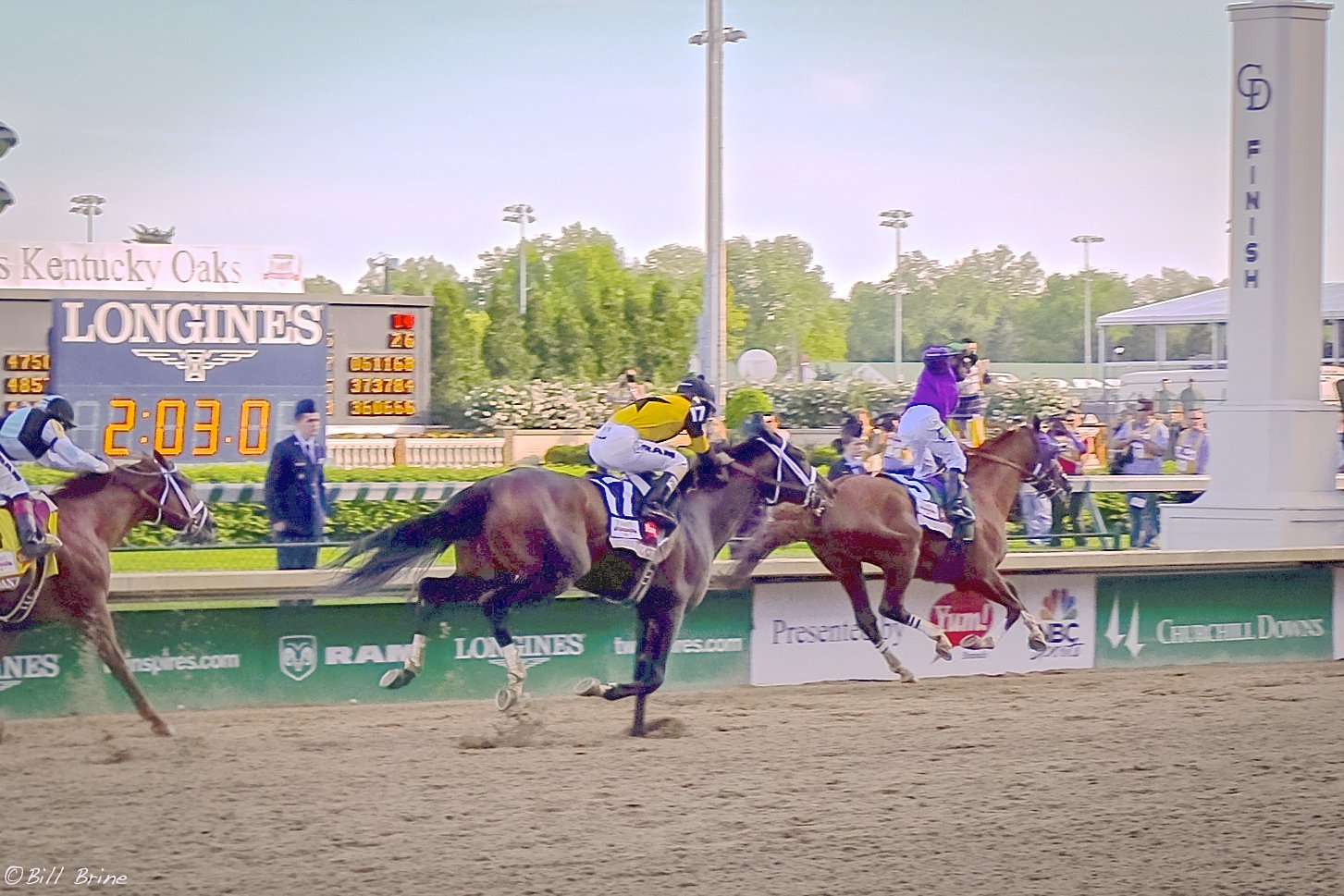
The Kentucky Derby is often seen as America’s most famous horse race, but it’s far more than a high-stakes sporting event. Since its inception in 1875, the Derby has served as a mirror reflecting society’s fascination with speed, beauty, and breeding. Generations of breeders, trainers, and spectators have poured their hopes into this single race, making it a unique testing ground for the best of the best. The relentless pursuit of the perfect racehorse has driven a culture of innovation, pushing the boundaries of what’s possible in equine genetics. Each Derby season, the spotlight on pedigrees and bloodlines grows brighter, fueling curiosity and scientific inquiry. As the stakes climbed, so did the need to understand the genetic secrets behind the champions thundering down the track.
Pedigrees and the Power of Ancestry
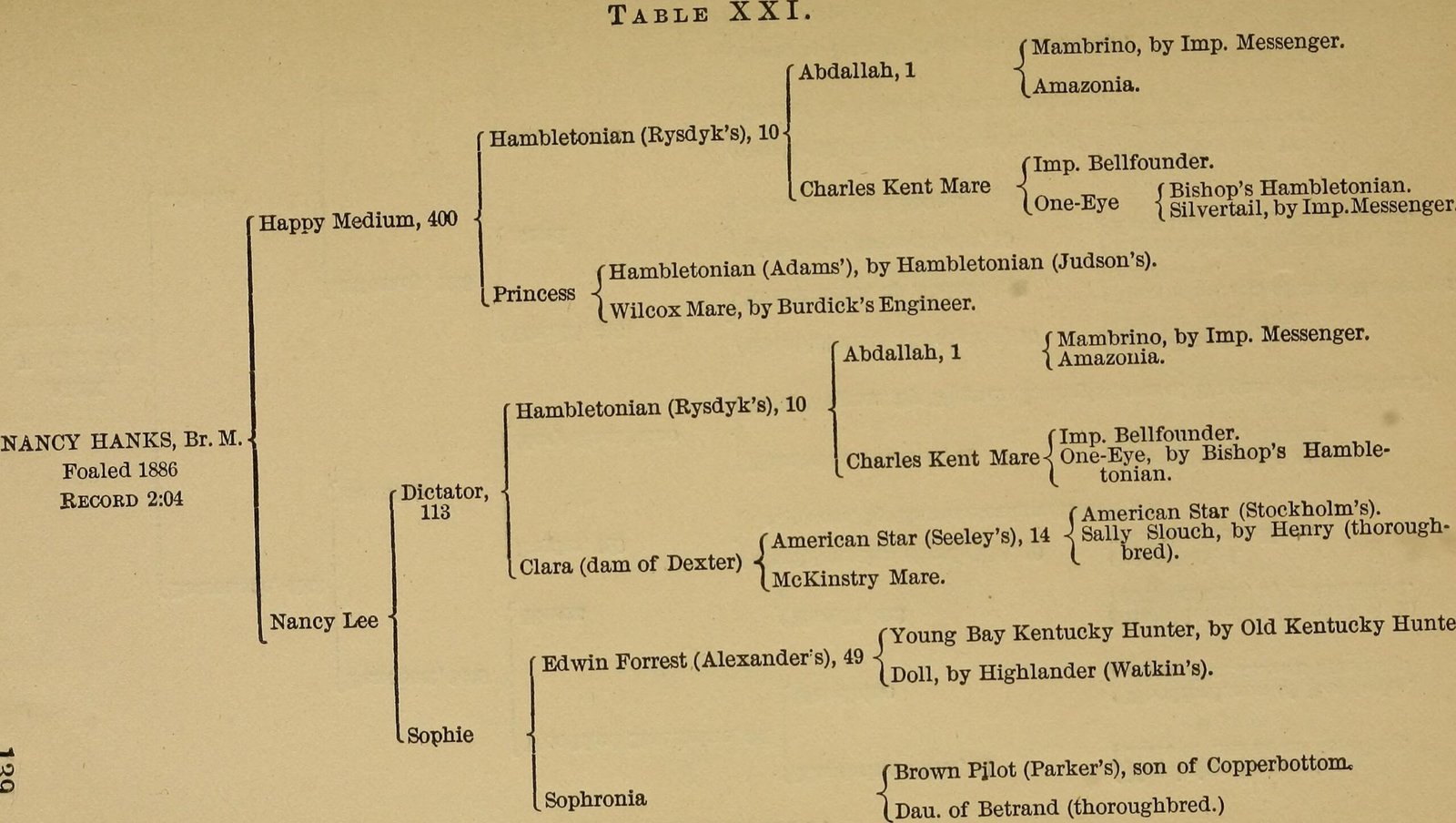
Long before modern genetics, Derby hopefuls were chosen based on pedigree charts that traced bloodlines back for generations. Breeders became amateur genealogists, obsessed with finding the ideal combination of speed, stamina, and temperament. These meticulous records laid the groundwork for genetic research, providing a living database of equine ancestry. The Derby’s focus on lineage turned every winner into a case study, prompting scientists to ask: What hidden traits do these pedigrees contain? As scientists gained access to more data, they began uncovering links between certain bloodlines and specific physical traits, sparking a new era of evidence-based breeding.
Unlocking the Genetic Code
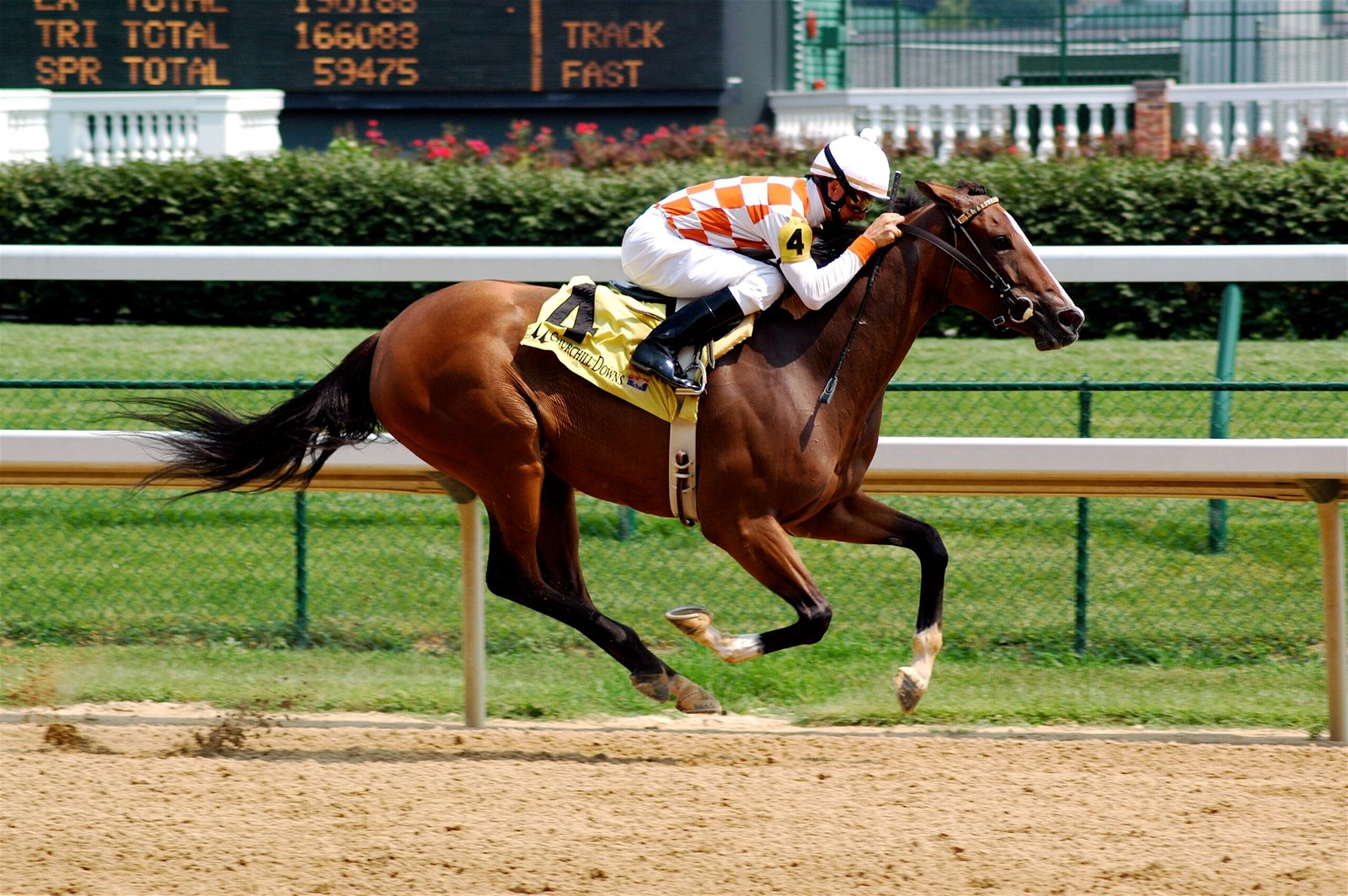
The dawn of DNA analysis in the late 20th century was a turning point for equine genetics, and the Kentucky Derby played a starring role. Researchers began collecting DNA samples from Derby winners and their progeny, searching for patterns that explained their remarkable abilities. By comparing genetic markers, scientists identified genes associated with muscle development, cardiovascular efficiency, and even temperament. This opened up a treasure trove of knowledge, allowing breeders to move beyond guesswork and make informed decisions. The Derby became a living laboratory, with each year’s contenders offering new clues for geneticists to unravel.
The Speed Gene: A Game Changer
Perhaps the most electrifying discovery in equine genetics has been the identification of the “speed gene,” known scientifically as the myostatin gene (MSTN). This single gene can influence whether a horse is better suited for sprinting or endurance. When researchers found that many Kentucky Derby champions shared a specific variant of this gene, it revolutionized breeding strategies. Suddenly, breeders could test for the presence of the speed gene, increasing the odds of producing the next Derby superstar. This breakthrough has led to spirited debates about the role of genetics in racing, but there’s no denying its impact on the sport.
Genetic Testing: Changing the Game

Today, genetic testing has become an essential tool for breeders aiming for Derby glory. With a simple swab, scientists can analyze a horse’s DNA and predict its racing potential with astonishing accuracy. This has made the process of selecting breeding pairs more precise and scientific than ever before. The ripple effects are dramatic: fewer resources are wasted on horses with limited potential, and the overall quality of racehorses continues to climb. The Derby’s intense competition has made genetic testing a gold standard, influencing breeding programs across the globe. It’s a testament to how a single event can drive industry-wide change.
Inbreeding and Genetic Diversity
While the focus on winning genes has led to faster, stronger horses, it has also raised concerns about inbreeding and genetic diversity. The Derby’s obsession with certain bloodlines has sometimes resulted in a narrow genetic pool, increasing the risk of inherited diseases and weaknesses. Scientists have used the Derby’s vast pedigree records to study the consequences of inbreeding, advocating for strategies that preserve genetic health. These efforts have sparked important conversations about balancing performance with long-term sustainability, ensuring the survival of the Thoroughbred breed.
Injury Prevention and Health Insights
Advances in equine genetics have also played a key role in understanding and preventing injuries—a major concern in the high-stakes world of the Kentucky Derby. By studying the genetic markers linked to bone strength, tendon resilience, and metabolic efficiency, researchers can now identify horses at higher risk for certain injuries. This has allowed trainers and veterinarians to tailor training programs and monitor vulnerable horses more closely. The result is a safer, healthier environment for the athletes who make the Derby possible, showing how science can protect as well as propel.
Cloning, Ethics, and the Future
As genetic technology has advanced, the Derby’s influence has sparked intense ethical debates—especially around cloning and genetic modification. While cloning a Derby champion remains controversial and strictly regulated, the mere possibility has forced the racing world to confront tough questions about fairness, tradition, and the very definition of a “natural” athlete. The Derby’s high profile ensures these debates are never far from the headlines, keeping the conversation alive as science advances. The choices made here may set precedents for other sports and even human medicine.
The Global Ripple Effect
The Kentucky Derby’s impact on equine genetics hasn’t stopped at America’s shores. Breeding programs from Europe to Asia have adopted the latest genetic insights pioneered in pursuit of Derby greatness. International racing circuits now exchange genetic data and collaborate on research, seeking to breed the ultimate racehorse. The Derby has become a global benchmark, inspiring scientists and breeders everywhere to push the boundaries of what’s possible. Its influence has turned equine genetics into a truly international field.
Preserving Heritage Through Science
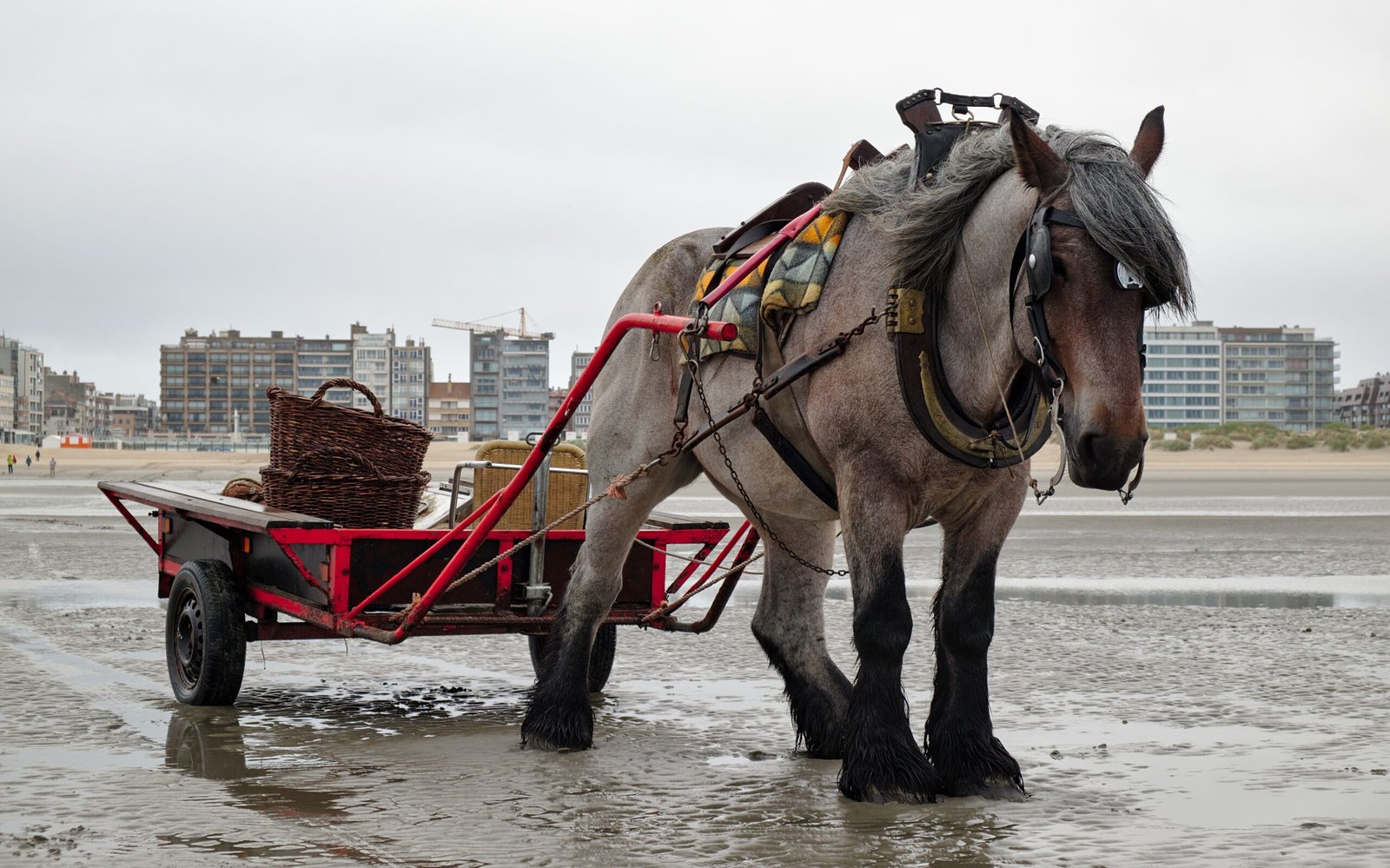
Despite the relentless focus on progress, the Derby’s genetic revolution has also breathed new life into the preservation of rare bloodlines and historic traits. Genetic tools now help identify and protect unique lineages that might otherwise fade into obscurity. This blend of innovation and tradition honors the Derby’s rich history while ensuring the breed’s diversity for future generations. The race that once defined American horse racing has become a guardian of equine heritage, proving that science and tradition can coexist in stunning harmony.
The Human Element: Breeders, Trainers, and Dreamers
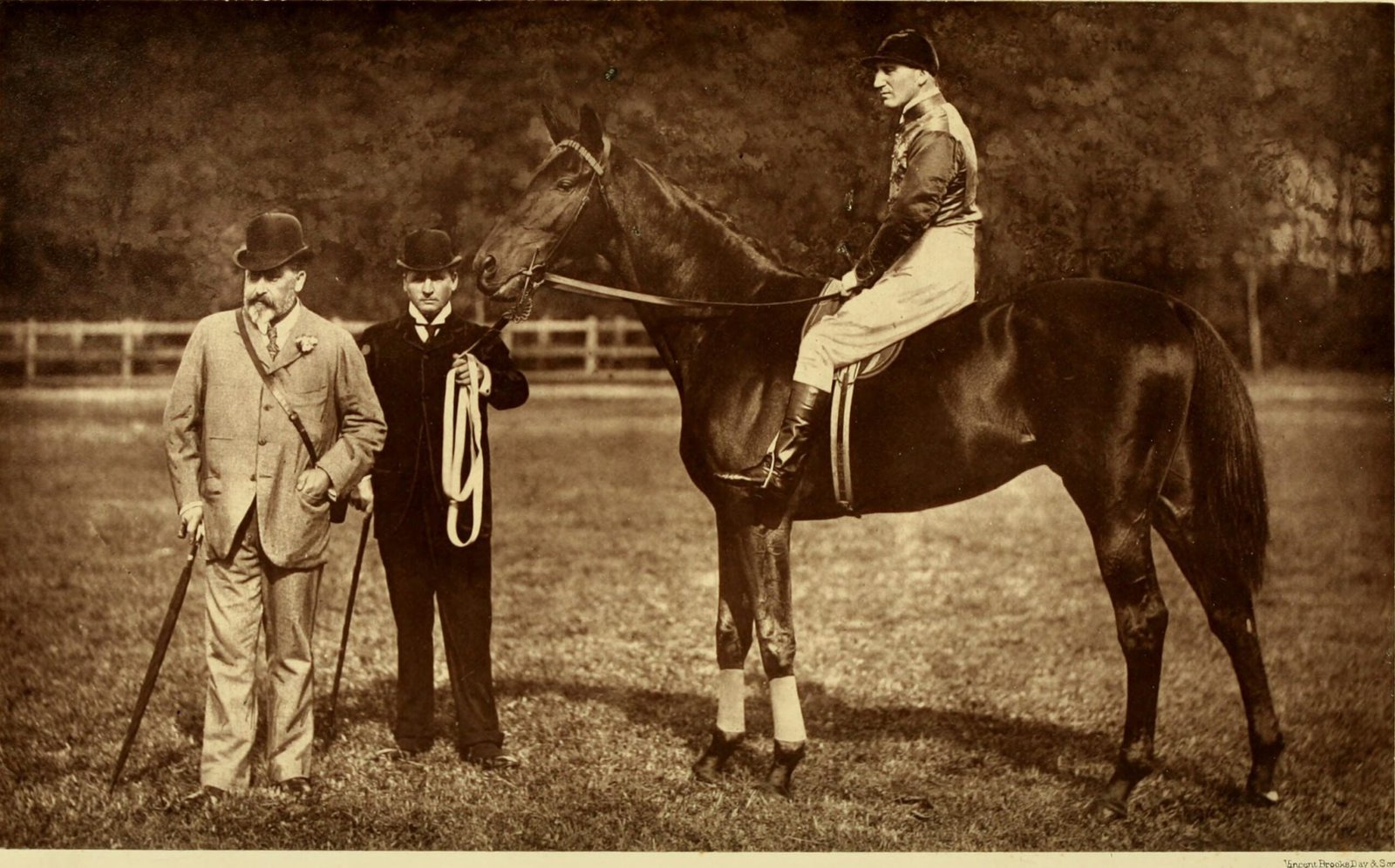
Behind every scientific breakthrough is a story of human passion, curiosity, and determination. The Kentucky Derby has inspired generations of breeders and trainers to embrace new ideas, test bold theories, and never stop searching for the next advantage. The race’s magnetic allure has forged unlikely partnerships between geneticists and horsemen, blending old wisdom with new discovery. It’s a reminder that advances in equine genetics are not just about numbers and genes—they’re about people daring to dream bigger, run faster, and leave a mark on history.
The Kentucky Derby’s legacy is now written in the language of DNA, echoing in every stride around Churchill Downs. This unlikely marriage of tradition and technology has forever changed the world of horse racing—and perhaps even the way we think about life, luck, and the pursuit of greatness.



